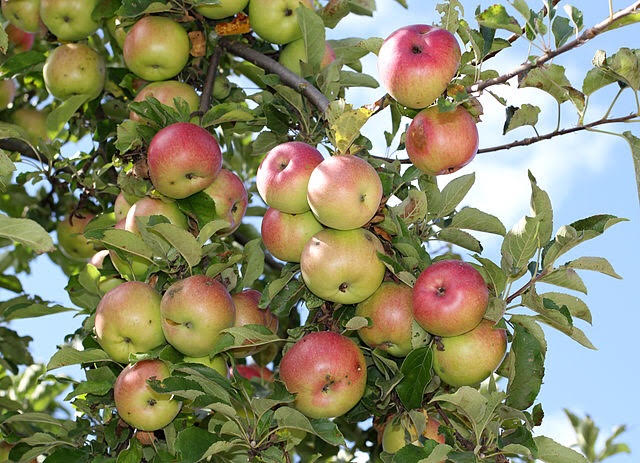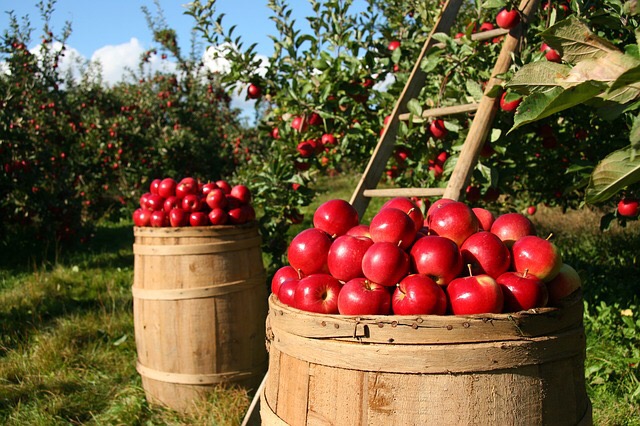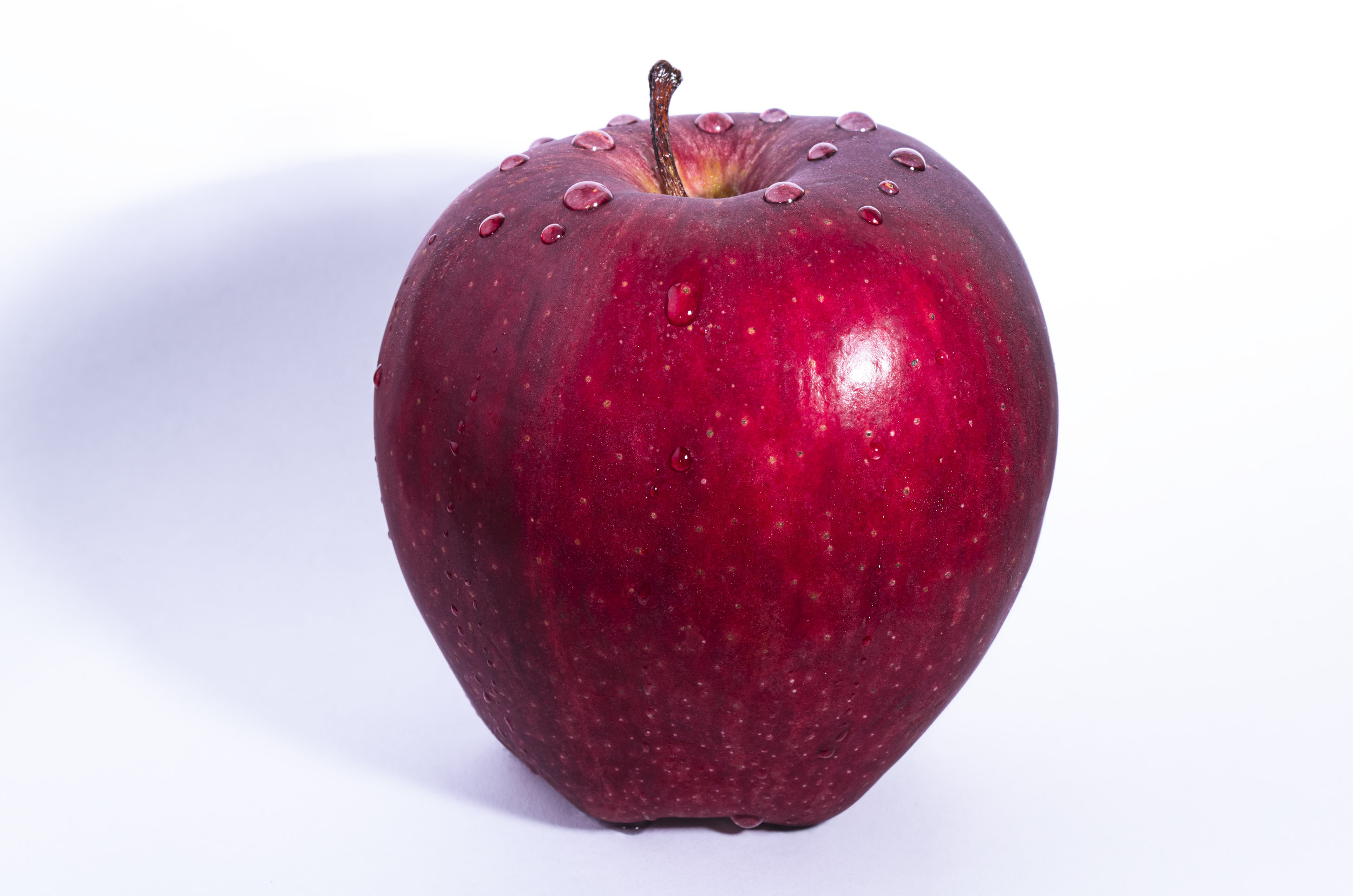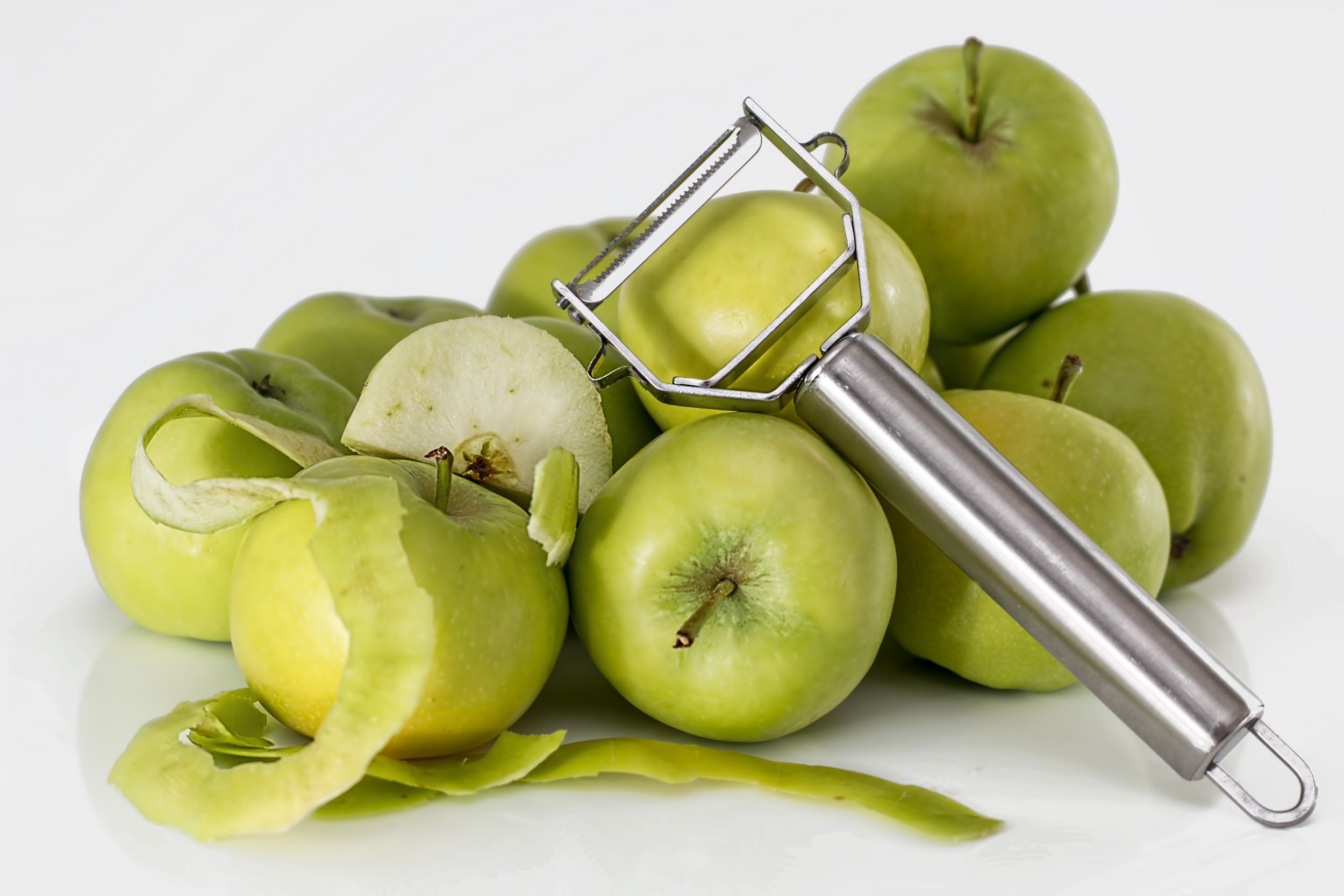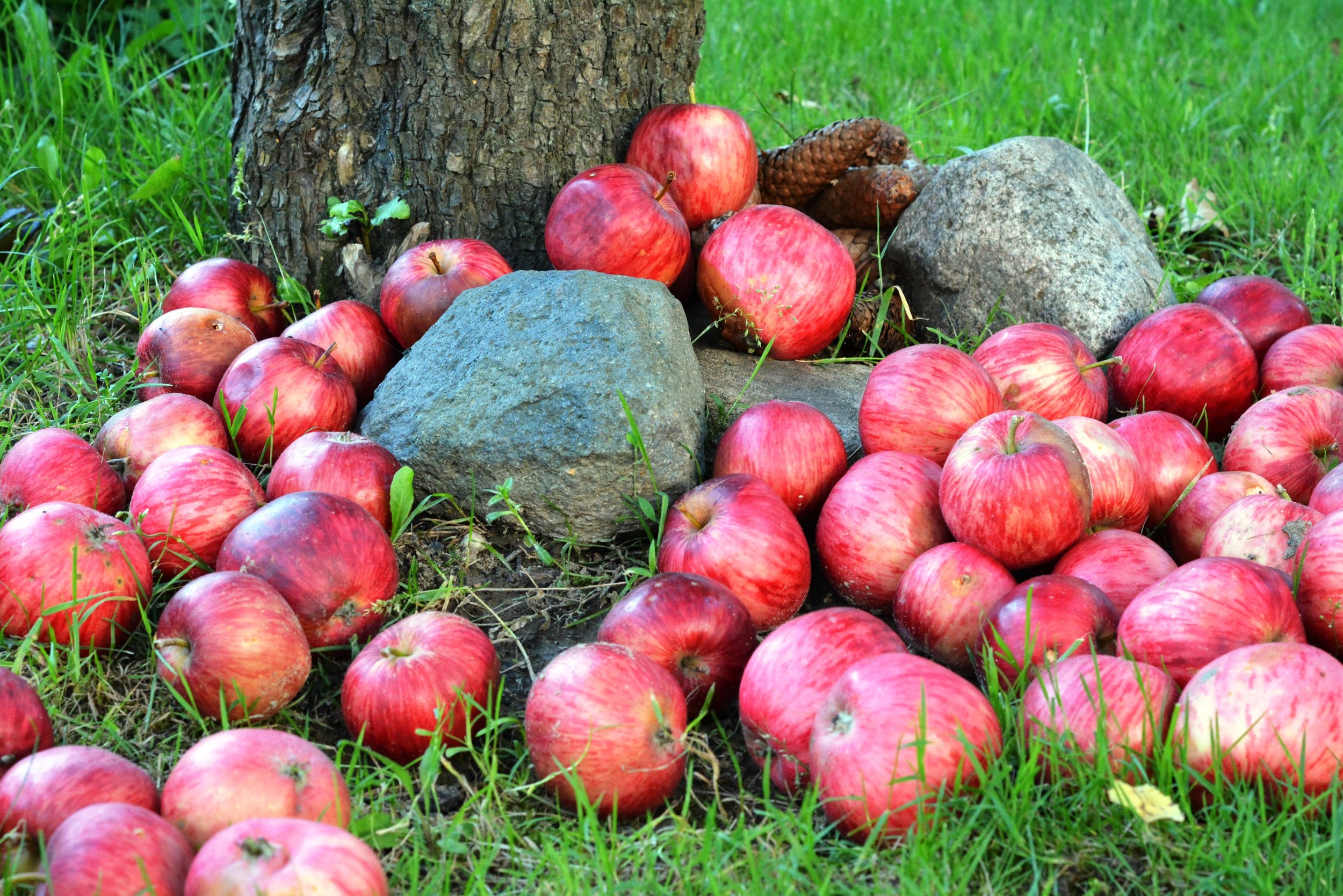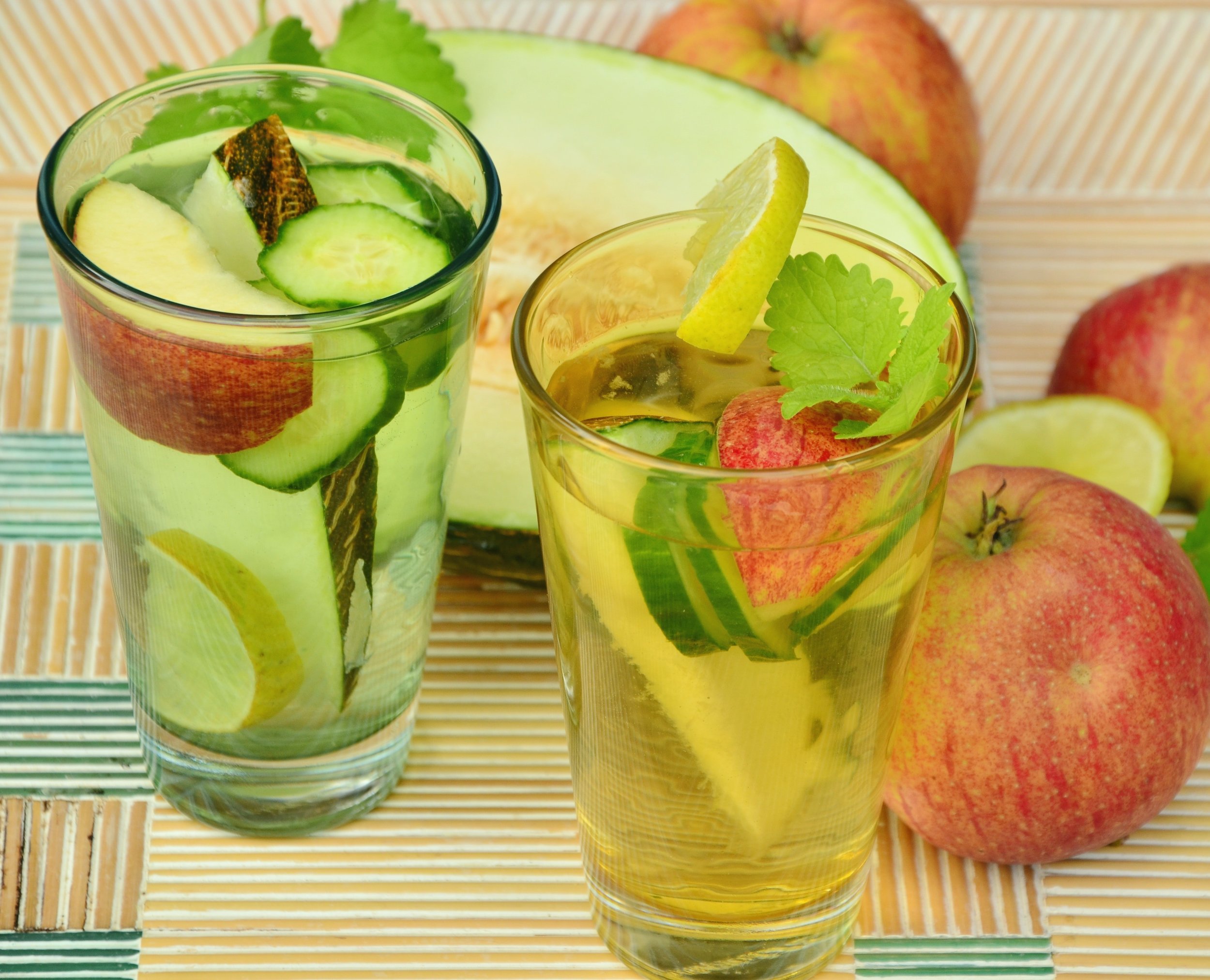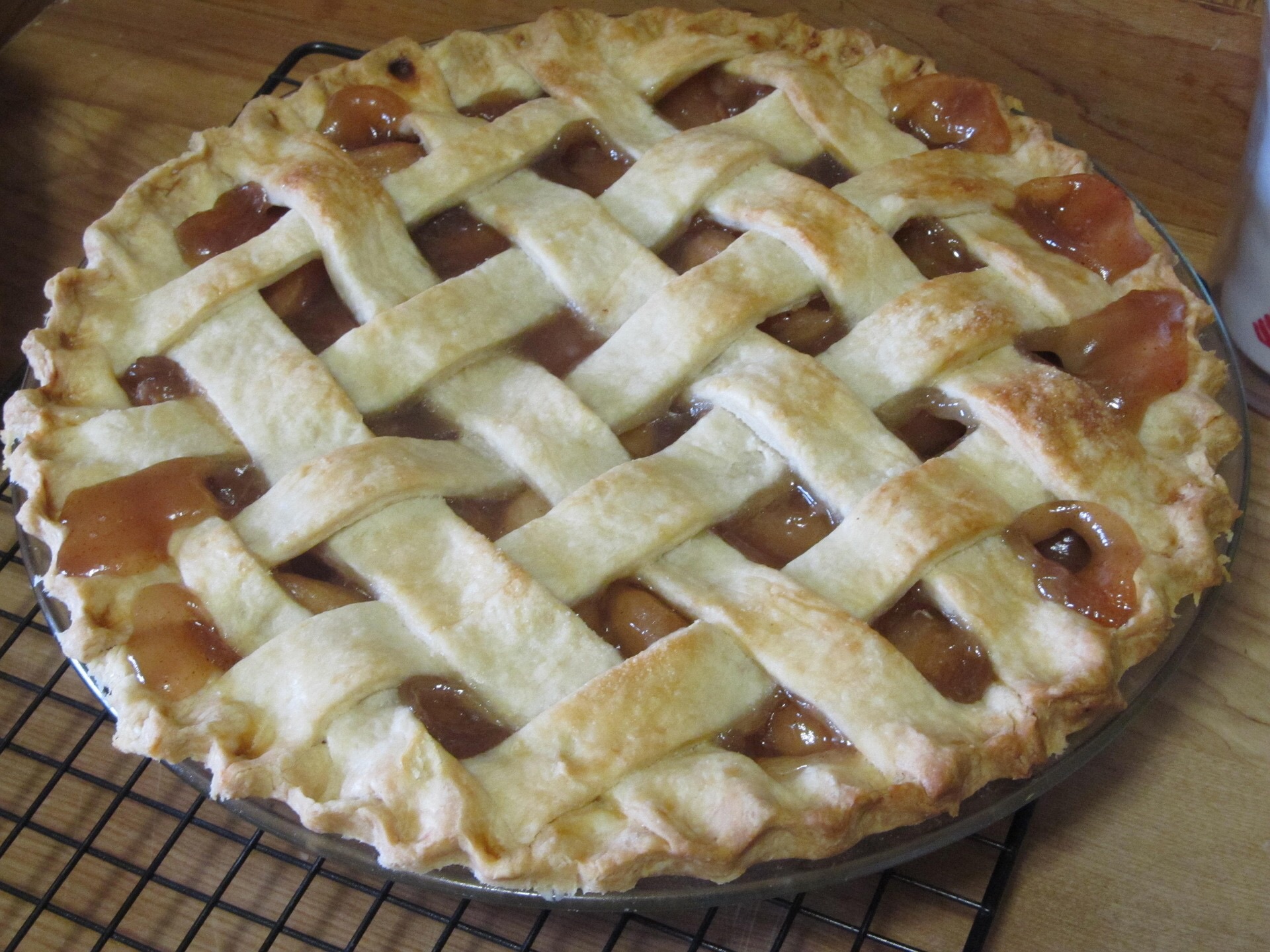October is Apple Month. Time to make/enjoy fresh apples, apple cake, apple pie, caramel apples, candied apples, apple crisp, baked apples, apple cider, applesauce…the list goes on and on.
Apples are delicious, fat-free, low in sodium, low in calories, cholesterol free and totally portable. They can be eaten raw, baked, fried, boiled, juiced, pressed/crushed into applesauce, or dried.
In celebration of Apple Month, we’re talking all things apple, so we’ve compiled some facts about the forbidden fruit that you might not know and a list of uses for apples that go beyond pies, cakes and delicious snacks.
Apples have long been believed to have medical benefits, but researchers have not been able to verify claims that apples, beyond being part of a well-balanced diet because they contain healthy fiber, nutrients and are low in calories, can actually treat or cure medical conditions.
Apples are a member of the rose family. They have been around for over 4,000 years. Their origin has been traced to the Middle East, somewhere between the Caspian and Black Seas. Ancient Greeks and Romans loved apples and apples were introduced in England around the time of the Norman Conquest (1066). English settlers coming to America brought apples and apple seeds. The only apples native to North America are crab apples.
Most apple trees are produced by grafting (attaching the roots and the bottom portion of one plant (rootstock) and the tender shoot (scion) from the top portion of another plant) instead of being grown by seed. Apple trees grown from seed tend to produce more sour apples closer to crab apples instead of the apples most people prefer to eat.
China is the leading producer of apples followed by the U.S., Turkey, Poland and Italy. Worldwide there are 7500 varieties of apples being grown. Most apples are still picked by hand in the fall.
Twenty-five hundred varieties of apples are grown in the United States although only 100 varieties are grown commercially here. Apples are grown in all 50 states and the top apple producing states are Washington, New York, Michigan, California, Pennsylvania and Virginia.
The top ten apple varieties currently grown in the United States are:
Red Delicious
Gala
Golden Delicious
Fuji
Granny Smith
McIntosh
Honeycrisp
Rome
Empire
Cripps Pink
Apples float because 25% of their volume is air.
Apples are good for your skin. They can be used in cleansers and facial scrubs (Apples are rich in antioxidants, alpha-hydroxy acids, salicylic acid, vitamins A and C and the mineral, zinc).
Placing apples near green tomatoes and bananas will help these fruits ripen more quickly.
Storing half an apple with a cake will help keep the cake from drying out.
Applesauce can be used in baking as a substitute for milk or water, eggs, oil or butter. This substitution can reduce fats, calories, replace ingredients people may be allergic or sensitive to or make recipes vegan friendly. Typically you want to use unsweetened applesauce, so you don’t have to adjust sugar quantities in the recipe.
Applesauce can be easily substituted in equal amounts for milk or water in recipes because their chief function is to add moisture. Substituting applesauce for solid ingredients is not recommended. It’s easier to substitute applesauce for eggs in recipes that only call for one or two eggs. If a recipe calls for multiple eggs you can usually substitute applesauce for one or two of the eggs without affecting the taste or texture of the finished product.
Fats and oils act as binding agents in baking and the pectin in applesauce has similar properties. When substituting applesauce for oil or butter it’s usually a good idea to only replace half and keep half the oil or butter to preserve the texture of the recipe.
Substitution quantities may vary depending on personal taste and texture preferences, so you may have to tweak your recipe to achieve the desired results.
If you over salt soup or sauce recipes, adding apple slices at the end of cooking can remove the excess salt – just remove them before serving and no one will know you made a mistake.
Apple slices can be used to soften hardened brown sugar. Simply add a couple apple slices to the brown sugar and remove after a day or two. Your brown sugar will be soft and moist again.
Sources:
https://www.wisebread.com/23-fantastic-uses-for-apples
https://www.thespruce.com/what-does-grafting-mean-4125565
https://pickyourown.org/applefacts.htm









